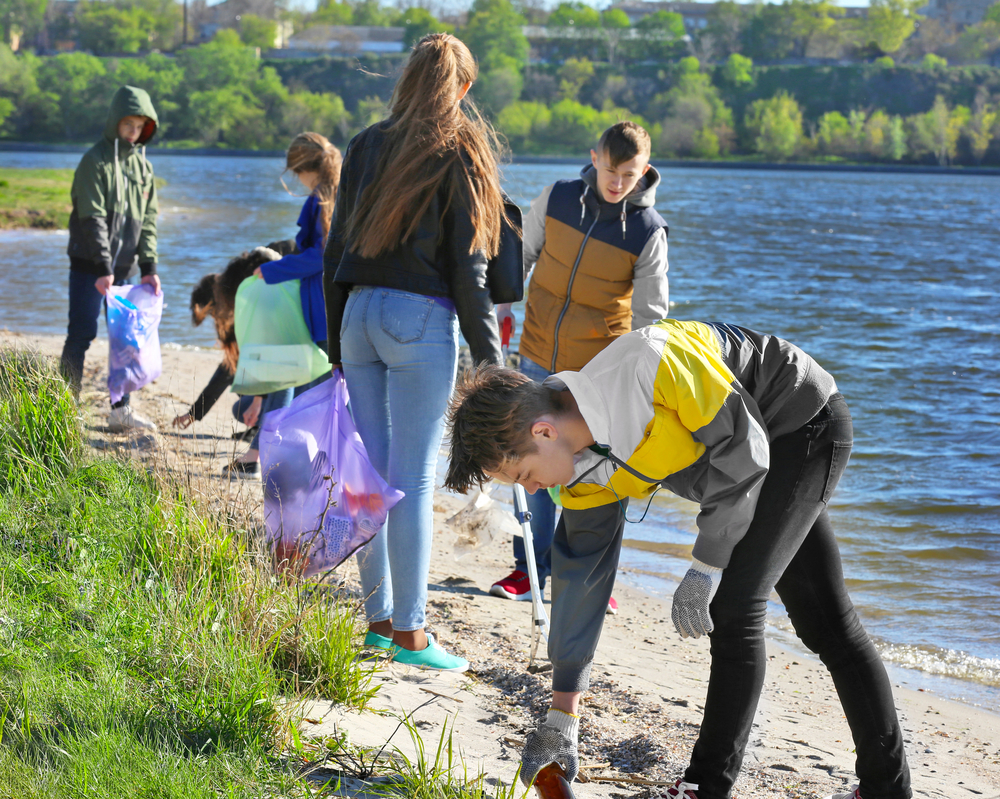![]() While serving as a juvenile diversion officer, I had the opportunity to see how we use community service in the juvenile justice system. When I stepped into this juvenile justice role, the county attorney instructed me of some basic requirements he wanted included in the diversion contract.
While serving as a juvenile diversion officer, I had the opportunity to see how we use community service in the juvenile justice system. When I stepped into this juvenile justice role, the county attorney instructed me of some basic requirements he wanted included in the diversion contract.
One of these requirements was the completion of community service hours. Community service is widely used as a punishment throughout our judicial system. This practice began in 1966 in a program in California and quickly spread throughout the country.

Mary Ingram
Seeing community service as a punishment was new to me because I had never been forced to do it. As a high school student, I served on student council and assisted with after-school programs. These activities allowed me to experience youth leadership.
I learned how to lead a successful meeting with an agenda. I had an active voice in my community. Adulthood only expanded my involvement in my community as I served on multiple boards of directors, raised thousands of dollars for community projects and always with youth involvement.
As I began to work with diversion participants, I was mystified when they frowned at helping with a park beautification project or they grumbled when they were asked to visit the elderly at a nursing facility. I could not relate to these negative feelings. I began to ask questions. Knowing I was interested in what they were saying made them feel cared for and emotionally connected to me. Positive interactions increased. We became motivated to learn from one another.
I learned that by assigning community service, I was introducing it as a negative experience and something that should be avoided. It was something they HAD to do, not something they wanted to do. They saw it as a punishment. They felt embarrassed to be seen while working on a project.
I wanted to change the way they viewed community service. My first step was to do the project with them. It gave us more quality time together. We began having conversations about their goals, fears and struggles. Trust was being developed. One Saturday morning we were working on a park clean-up project. I remember a father was out on a walk with his son, when I heard the father say, “You better be good or you are going to be doing that,” as he pointed in our direction. I knew I had work to do to change that mindset, not only with the teens but with adults as well.
Getting engaged
Just when I thought I had a good understanding of community service, I heard someone make the comment, “All he got was community service.” This statement makes it even worse because now it is almost a laughable form of punishment. But it emphasized the fact that it shouldn’t be a punishment at all. We can revolutionize our judicial system by making a simple adjustment in how we portray community service.
Community engagement became my new term. I encouraged these young people to identify things in their community that needed to be fixed or improved. There is power in seeing a problem and taking action to do something about it. It takes planning, goal setting and strategic thinking.
Young people who are engaged in their community are learning the importance of networking as they practice team building. They find themselves addressing school administrators and community leaders. They begin to understand budgets and perhaps get an opportunity to write a grant. They are learning to take a leadership role at an early age. When acts of service become a personal code of conduct, amazing things begin to happen.
My primary responsibility was to hold first-time juvenile offenders accountable for their crime. The young people in the community began to understand that accountability is being responsible for their decisions, actions and attitude — both good and bad. They are responsible for their screw-ups as well as their successes.
I knew they embraced community service when they took the lead by organizing the Merrick County Youth Council. They held their first meeting March 10, 2002. This organization is still actively building youth leadership in their community.
Seeing community service through their lens and witnessing their success inspired me to launch Volunteer Nebraska. This nonprofit organization provides a youth recognition program for children preschool to high school to actively engage in their community. This program serves the state of Nebraska, but can be easily replicated by any community.
Ask your young people, which lens are they using when they are being introduced to community service? Help them to see that it is not a punishment, but rather a power tool that can build youth leadership in their community.
Mary Ingram is a former juvenile diversion officer, founder of Volunteer Nebraska and author of the book, “The Fallen,” which has been distributed to prisons all over the U.S. You can contact her at volunteernebraska@gmail.com.

Great read!
Thanks Cristi!
nice story lady!
Thanks Dale!